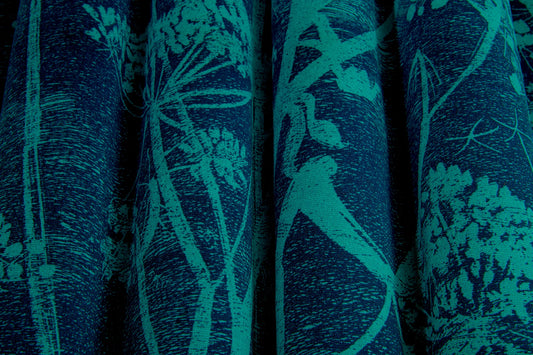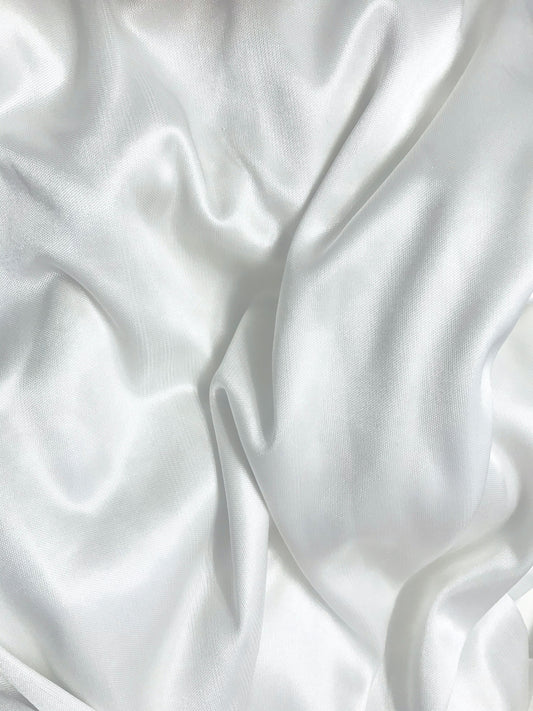Sooner or later, it happens to everyone; you go to put on your favourite top just to realise it's suffered a hole. Just as you're deciding what to do, you remember you've got a needle and thread in the cupboard! But alas, you have no idea how to sew a hole in fabric - the last thing you want to do is make a repair that looks as bad as the hole, or even possibly make the problem worse. So, how to mend a hole in fabric without any experience?
Simple Repairs For Fabric Tears and Small Holes
Repairing holes in clothes and other fabrics can actually be a relatively simple task, especially if it’s a clean tear. You’ll need to find a needle and some thread, in as close to a match as colour that you can find, ideally the same! The size of your needle should be proportional to the type of fabric you’re trying to repair; for thicker fabrics, you’ll need a heavier duty needle.
Cut the appropriate amount of thread - sewing the tear in the fabric requires more thread than you might expect, so cut about two times more thread than you need just to be safe - the last thing you want is to run out! After threading the needle and knotting the thread, it’s time to start sewing!
Turn the garment inside out, or fabric upside down before either pin the two pieces of damaged fabric together, or simply positioning them as close to each other as possible before starting to sew. Gently push the needle through the fabric on one side of the tear before joining it to the other side of the tear, pulling the needle through.
This method can also be used to mend small holes in fabric. Unlike tears where you stitch from the top to the bottom of the damage, with small holes you can start anywhere around the outside and sew directly across the middle of the hole before moving around the edge until you have nothing more to sew. With both tears and small holes, you should only leave a small gap between stitches to ensure a strong and durable repair, though this can differ depending on the size of the repair.
How to Mend a Hole in Fabric - Big Holes
Where it gets trickier is when you have a proper hole on your hands, where the fabric has worn away instead of simply ripped. In these cases, it’s important that you repair the hole in the fabric with additional material to avoid creating an odd looking shape or puckering the remaining fabric around the hole. To make sure the repair looks as natural as possible, try and find material that is as close in colour and as similar to the existing fabric type before attempting to repair the damage.
If you’re dealing with a big hole, cut a patch of your similar fabric a little bit bigger than the size of the damaged area, and place underneath the damaged area. Position the damaged fabric as close to each other as possible, avoiding stretching the fabric or trying to make it go further than it wants to. Use a sewing machine or appropriately sized needle and thread to begin sewing the fabric patch and damaged fabric together, until you’ve sewed as much of both fabrics together as possible. This process will help to reinforce the damaged fabric.
Now you know how to sew a hole in fabric! Whatever type of damage you have and repair you need to make, finding the right fabric and other materials is almost as important as the process itself. By being prepared and carefully undertaking the repair, there’s no repair too big or too small!




